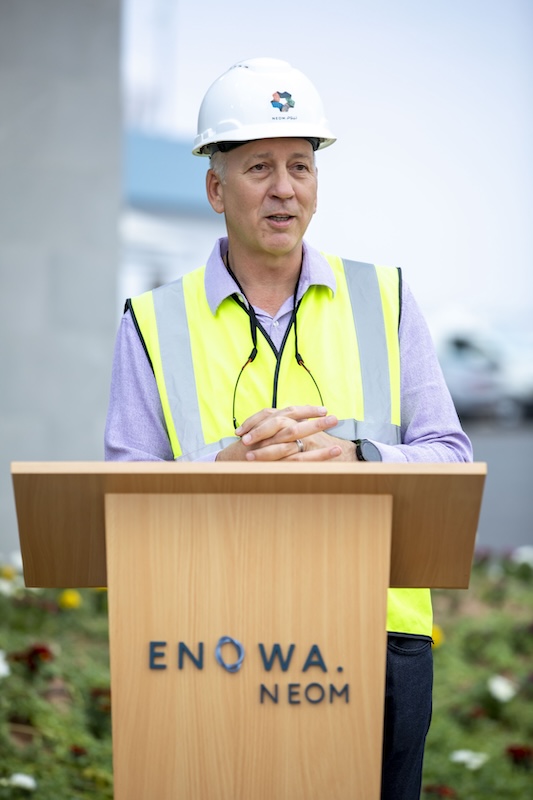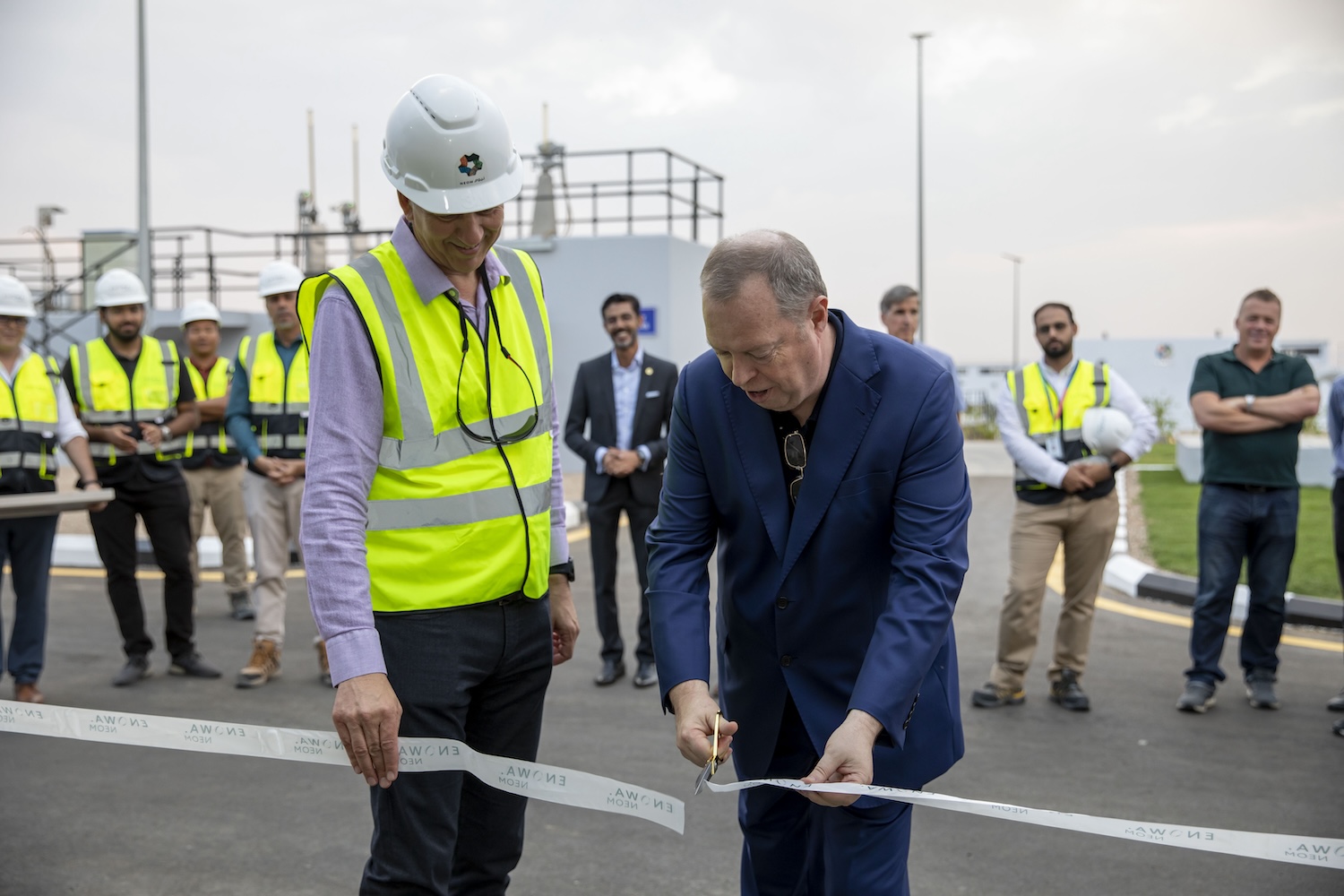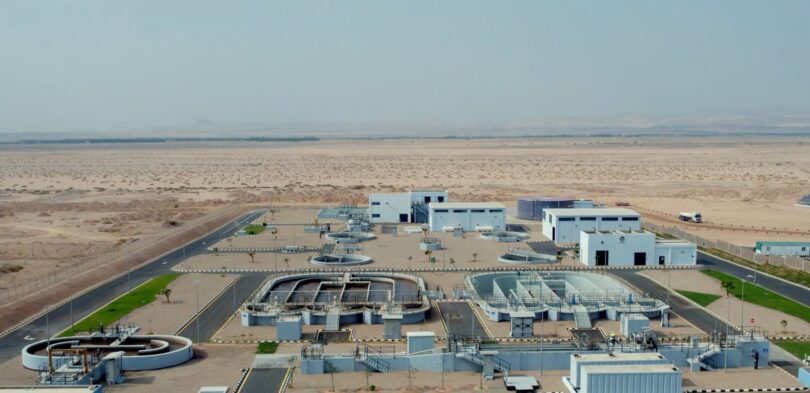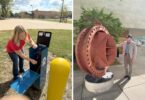As the temperature rises around the globe at a recorded rate of .06 degrees Celsius each year, there is an alarming decline of freshwater biodiversity. Simply put, this poses a critical threat to human life. In countries which lack surface area, like Saudi Arabia and its neighbors in the Middle East, this has long been recognized as a major concern. I have witnessed first-hand how the lack of access to clean water can oppress entire communities, stifle healthcare and impede trade and business – in countries like China, India, Indonesia, Australia, Malaysia and Mexico – and know the necessity of establishing global, private-public partnerships to work to solve this pressing issue.
I submit that the solution to water scarcity actually lies in the vastest resource on our planet, our oceans. Desalinating seawater isn’t a new concept – countries including Saudi Arabia have been doing this for decades, but as desalination is an energy intensive process we have been moving towards a more holistic approach. Whomever is able to blueprint a complete cyclical system powered by renewable energy and, most importantly, integrated with brine processing, is the person who will solve global water scarcity and thus the underlying sustainability challenges surrounding it.

Gavin van Tonder – Managing Director of Water at ENOWA
The prospect of solving this challenge is what brought me—and many others from around the globe—to NEOM, the sustainable regional development taking shape in northwest Saudi Arabia. I’ve joined the team at ENOWA, NEOM’s energy and water company, to assist in building the world’s most ambitious water infrastructure project. Throughout my career I’ve been actively involved in water infrastructure projects globally, and thus see great value in NEOM’s forward-thinking commitment to redefining livability, business and conservation.
NEOM itself will be home to a cognitive city, mountain and seaside luxury destinations, a global logistics hub with a next-gen port and much, much more. But my remit at NEOM is quite clear: to provide water to millions of people who will come to live, work and play here.
ENOWA represents a true, once-in-a-lifetime opportunity to design a greenfield water system without any legacy constraints – fully circular, self-sustaining, and environmentally regenerative. For anyone with experience developing large-scale infrastructure projects, you’ll understand just how bold of an endeavor that is. No one has ever built a model of this size or scale. NEOM boasts a landmass of 26,500 square kilometers, roughly the size of Belgium.
Key to our success will be unlocking operational efficiency and maximizing innovation and output at every step of the water value chain. This includes using advanced membrane technology to produce separate brine streams, enabling us to produce and develop brine-derived products to be monetized downstream. Seawater brine is usually considered a waste output of desalination. In NEOM as part of our zero-waste approach, brine will be used to produce valuable industrial materials that can be used locally or exported internationally.
Furthermore, we will also recycle 100% of wastewater in NEOM, so it can be reused in landscaping, agriculture, and construction, thus reducing the amount of seawater we need to desalinate. Our water recycling technologies will also produce biosolids for fertilizer and biogas to power our treatment plants to achieve energy neutrality.

ENOWA Water Treatment Plant
The millions of customers living in and visiting NEOM will be connected by 5,000 kilometers of smart water transmission pipelines and a fully digital Internet of Water (IoW) infrastructure. Digital twins will provide real-time demand management, anomaly detection, maintenance prediction, water quality monitoring and control to ensure resilience and reliability of services. In combination, these tech-led strategies will achieve a world-first benchmark of less than 3% network losses, compared to average loss rates of 30 to 60% around the world.
While we are realizing efficiency and optimization at every step, the best way to do this is by shifting our focus to restoring water ecosystems, enhancing urban water resilience and bolstering water-resilient food systems. It is the sum total of these advancements that will make ENOWA a global water reference and a blueprint to how we can solve the world’s biggest problem – the scarcity of water.
And if we can do it here, it can be done everywhere.
Related articles:
Addressing water shortages by reversing water pollution







